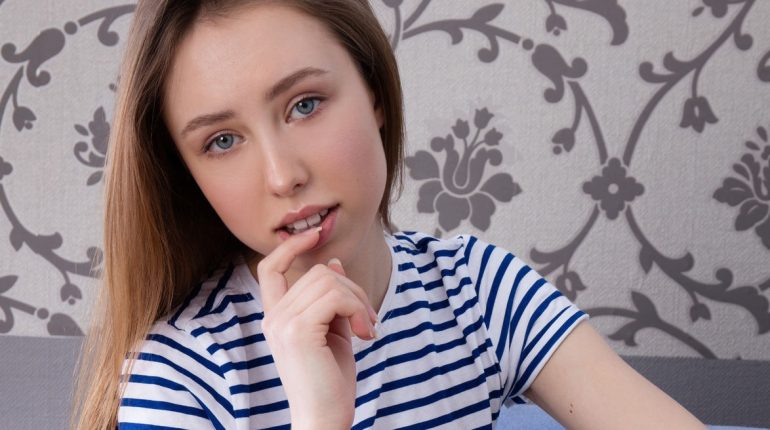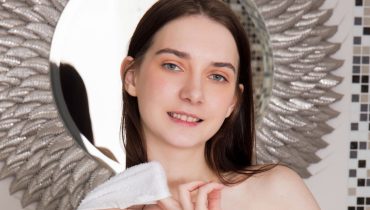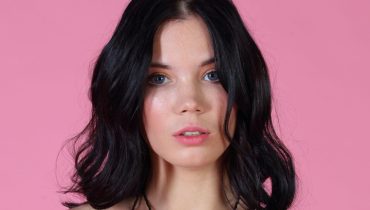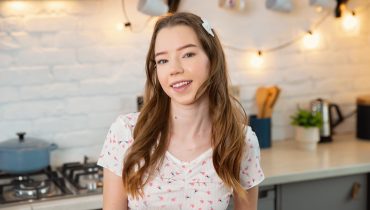When Lydia Turner first started her corporate job in downtown Seattle, she thought stress was simply part of adulthood. “I drank coffee for breakfast and checked emails before brushing my teeth,” she jokes.
“I was breathing fast all the time — but never deeply.” After years of pushing through fatigue and anxiety, Lydia discovered something so simple it felt radical: breathing. “It sounds basic,” she says, “but learning how to breathe properly changed my entire relationship with stress.” What helped her wasn’t just therapy or yoga, but modern relaxation and breathing apps that turned mindfulness into science-backed habit.
Rediscovering the Art of Breathing
Growing up, Lydia was an athlete, used to control and discipline. But by her thirties, she realized her mind was constantly in overdrive. “I was living in fight-or-flight mode,” she says. “Even when I was safe, my body didn’t believe it.” Her doctor suggested breathwork, explaining how slow, intentional breathing activates the parasympathetic nervous system — the body’s natural relaxation response. “It was the first time I realized calm isn’t a mood; it’s a skill,” she recalls.
Yet, with her busy schedule, traditional classes felt impossible. That’s when she downloaded breathing apps like Calm, Breathwrk, iBreathe, and Prana Breath. “I started with just three minutes a day,” she says. “It was awkward at first, but soon my body began craving those pauses.” The apps guided her through 4-7-8 breathing, box breathing, and resonance breathing — simple patterns that synchronize heart rate and oxygen flow. “For the first time, I could feel my anxiety melting in real time.”
Technology Meets Mindfulness
What makes these relaxation apps powerful, Lydia explains, is the blend of neuroscience and accessibility. “They translate ancient breathing techniques into modern biofeedback.” Using phone sensors or smartwatches, the apps detect stress through heart rate variability and prompt timely interventions. “It’s like having a mini wellness coach in your pocket,” she says. “When I get tense, my app literally tells me to pause and breathe.”
Among her favorites, Calm stands out for its integration of soundscapes and sleep stories. “It’s not just breathing — it’s atmosphere,” she says. Breathwrk, on the other hand, focuses on structured routines tailored to goals: energy in the morning, focus during work, and relaxation before sleep. “It’s science, not guesswork,” Lydia emphasizes. “You can feel the physiological difference.”
Real Results: How Breathing Changed Lydia’s Life
Within weeks of practicing, Lydia noticed improvements she couldn’t ignore: better sleep, fewer panic attacks, and sharper concentration. “My smartwatch showed my resting heart rate drop by ten points,” she recalls. Her colleagues noticed, too. “They said I looked calmer — like I’d stopped carrying invisible weight.”
But beyond data, the transformation was emotional. “Breathing became my anchor,” she says. “When I’m angry, scared, or overwhelmed, I go back to breath — it never fails.” She now uses breathwork before big meetings, during flights, and even while stuck in traffic. “You can’t control the world,” she smiles, “but you can always control your breath.”
Using Relaxation Apps Responsibly
Lydia cautions that while these tools are effective, they’re not replacements for therapy in severe cases of anxiety or trauma. “Apps teach awareness, not avoidance,” she says. Her therapist helped her pair technology with reflection — learning why her body stayed tense and how to release it consciously. “Breathing apps opened the door, but real healing required walking through it.”
She also emphasizes privacy. “Many people don’t realize these apps collect health data,” she warns. “Always check their privacy policy — your stress levels shouldn’t become marketing data.” Lydia recommends choosing HIPAA-compliant platforms and turning off unnecessary tracking.
Lydia’s Guidance for Getting Started
For anyone new to relaxation and breathing tools, Lydia offers clear, practical advice:
- Start small: “Two minutes is enough. The goal is consistency, not perfection.”
- Pair breath with context: Use morning sessions for energy and nighttime ones for calm.
- Notice your triggers: Apps like Mindful Breathing record when stress peaks — awareness is the first step to mastery.
- Integrate offline: “Use tech to remind you, but learn to breathe without it, too.”
After three years of consistent use, Lydia feels transformed. “I used to think relaxation meant escaping,” she says. “Now it means returning — to myself.” Her final reflection captures her journey: “Breathing apps didn’t just calm my mind; they gave me agency over my emotions. That’s real power.”
































































